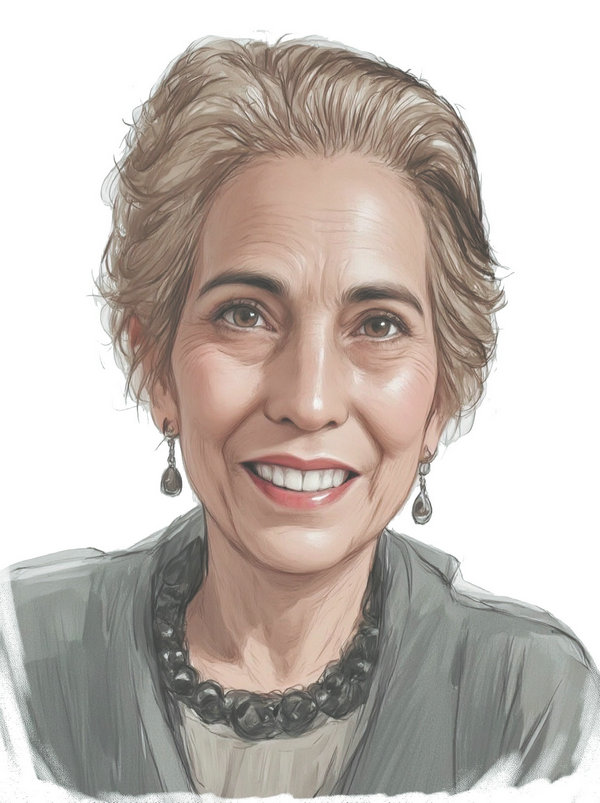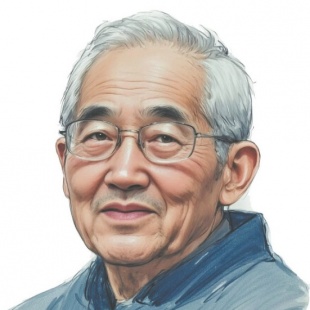Soundbites


Large-scale ceramic sculptures of a "fertility goddess" match abundant evidence for a sophisticated figural tradition of representation, from pre-Hongshan through Hongshan time.
Hongshan artists were clearly gifted in creating life-size clay images of human dimensions and gifted in portraying specific icons, whether "goddesses" or "male shamans".
The significance of fertility symbolism is represented not only by the numerous pregnant female sculptures as objects of worship and ritual sacrifice. In addition, the fetal form of the jade dragon reveals an emphasis on fertility and transformational power. Art from this period belongs to the category of religious icons.
Hongshan was the earliest culture to work jade as a symbol of power and wealth. Jades are the only goods found in Hongshan elite burials at Niuheliang and elsewhere in Inner Mongolia, Liaoning and northern Hebei.
The earliest evidence for the image of the popular Chinese dragon lies with the invention of Hongshan craftspersons.
The distribution of Hongshan ceremonial sites versus residential centers is significant. The culture was not dominated as a chiefdom with one dominant leader ruling from a major city or settlement as characterized by other late Neolithic and Jade Age cultures. In nonanthropological terms, Hongshan peoples populated a vast area with sparse distribution and without an integrated political institution. Ritual and ceremonial interests are what allied Hongshan people. Hongshan culture in essence was a theocratic civilization.





































